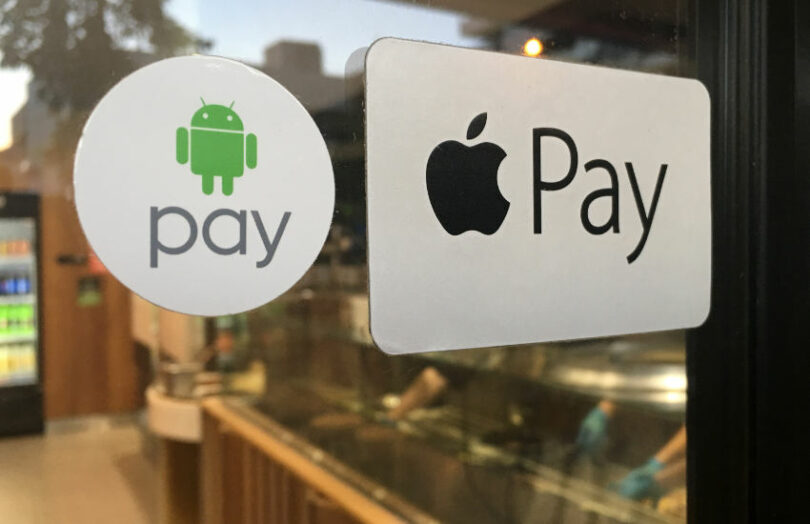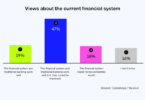In November, the Consumer Financial Protection Bureau (CFPB) proposed that large nonbank payment and wallet providers be subject to the same rules as banks and credit unions. Yesterday the American Bankers Association (ABA) responded in a largely supportive letter. However, they are unhappy about the inclusion of cryptocurrencies. The Computer & Communications Industry Association (CCIA) representing BigTech is not keen.
The CFPB proposed that new rules apply only to those companies handling more than 5 million transactions annually. They would be subject to similar privacy laws as banks. And the CFPB wants to ensure “federal consumer financial protection law is enforced consistently between non-depository and depository institutions in order to promote fair competition.”
Bank pushback on digital assets
In its response, the ABA worries the focus on non banks could subject banks to even greater regulatory oversight. But one of its biggest objections is the inclusion of digital assets in an expanded definition of “funds”.
“The topic of digital asset supervision is larger than consumer protections for payments and should be subject to its own comprehensive public comment and debate process instead of being shoehorned into this rulemaking,” the ABA wrote.
Given the proposed rules only cover usage for household purposes, the ABA asked how the CFPB would determine that. It asked whether the rule would encompass hosted and/or unhosted wallets.
BigTech objections
Unsurprisingly, the CCIA wrote a far longer letter on behalf of BigTech. Its members include Amazon, Apple, Google and X. The main gist of their argument is “heavy handed” digital regulation could inhibit innovation. It asked the CFPB to conduct a cost benefit analysis.
It argued that the CFPB’s move implied a market failure. However, it believes the reality is the opposite – BigTech supports P2P payments and makes retail payments faster and more efficient.
The CCIA considers the 5 million threshold too small despite only applying to 17 organizations. Using 2022 figures, it estimated there were at least 254 million consumer payments, so the rules would cover an organization with a 2% market share.
In the November announcement, the CFPB defined the market as “Larger Participants of a Market for General-Use Digital Consumer Payment Applications.” The CCIA thinks this mixes very different providers without mentioning names, such as PayPal versus Google Pay. For example, it discusses a provider that “merely holds and passes payment method details such as card numbers but never participates in the flow of funds.” This likely refers to Apple Pay and Google Pay. The CCIA notes this is quite different from companies that store money on behalf of consumers and use the stored amount to make payments.
And finally, because the services provided by nonbank entities and payment apps are so different from banking services in “their function, characteristics, and capabilities,” it doesn’t believe banking rules should be applied.






